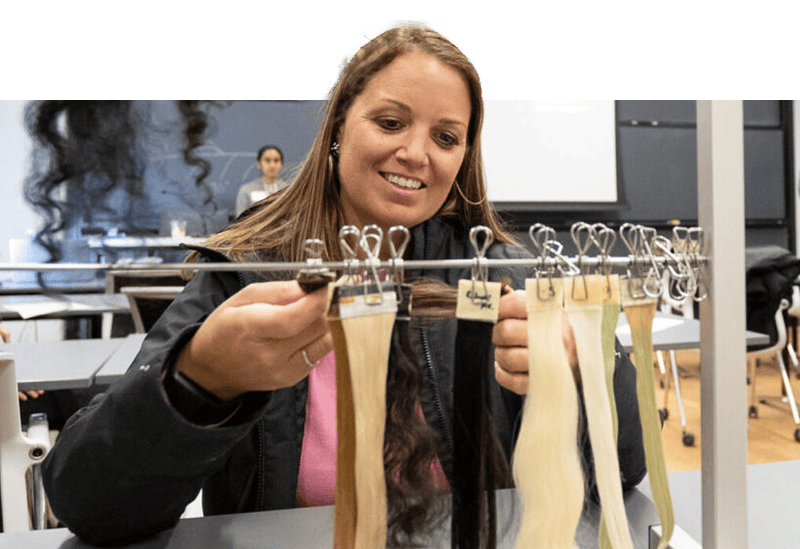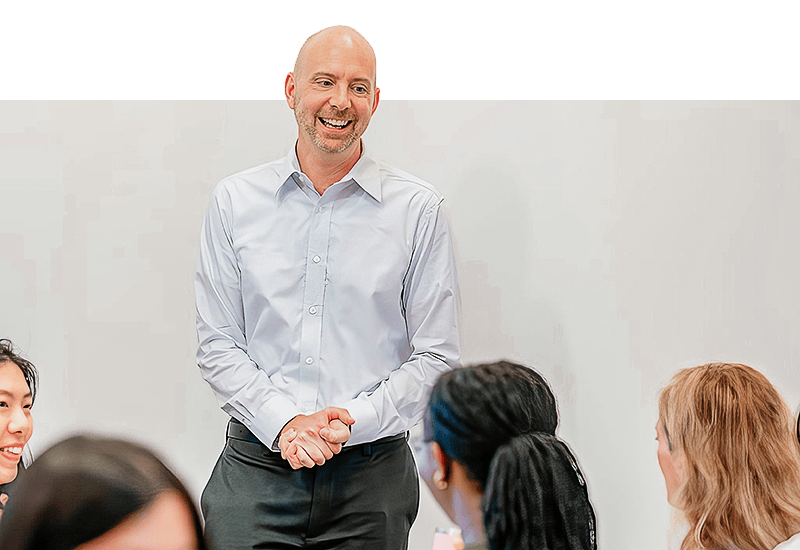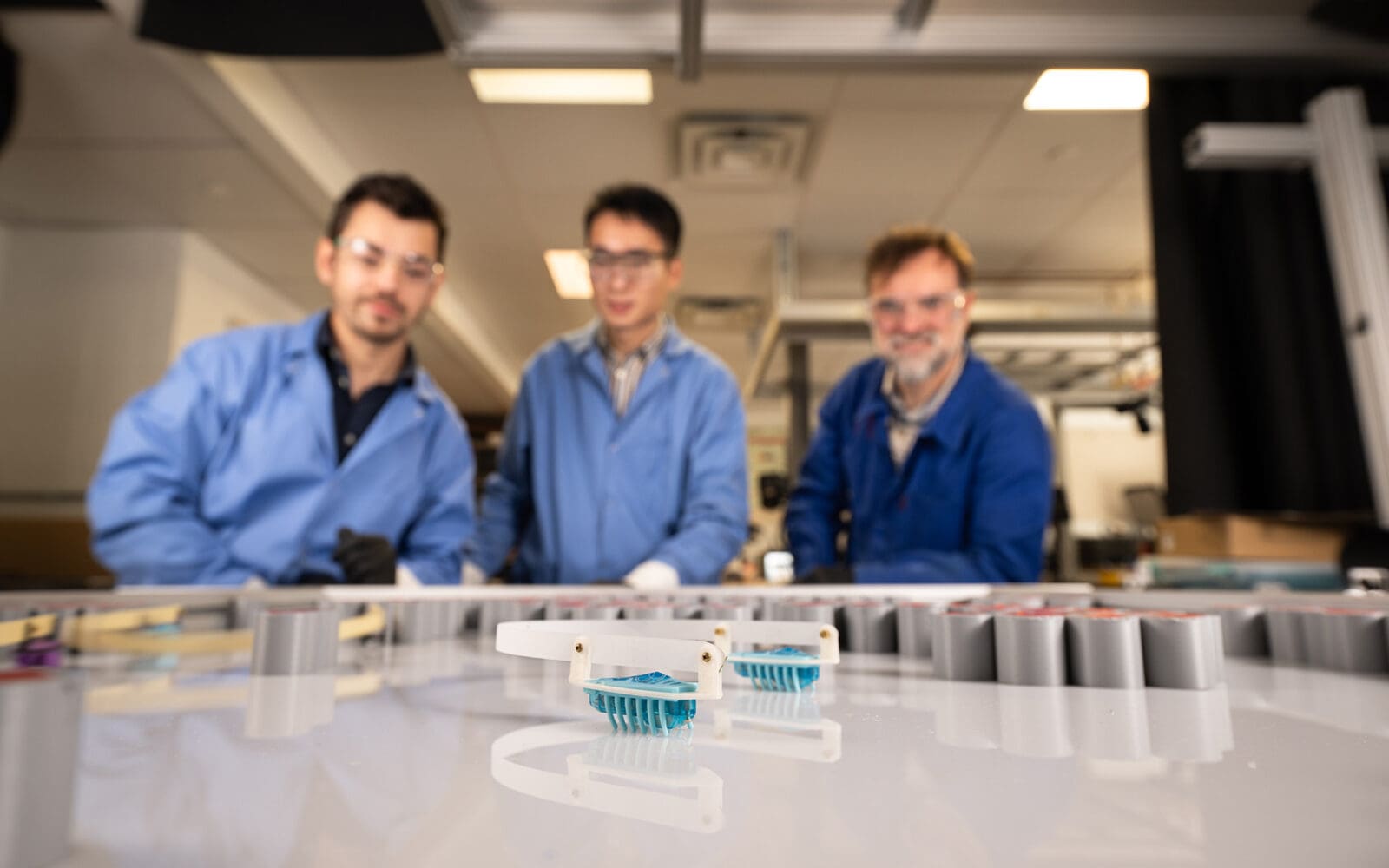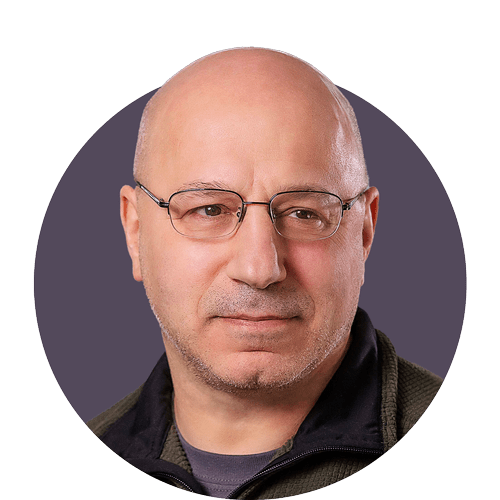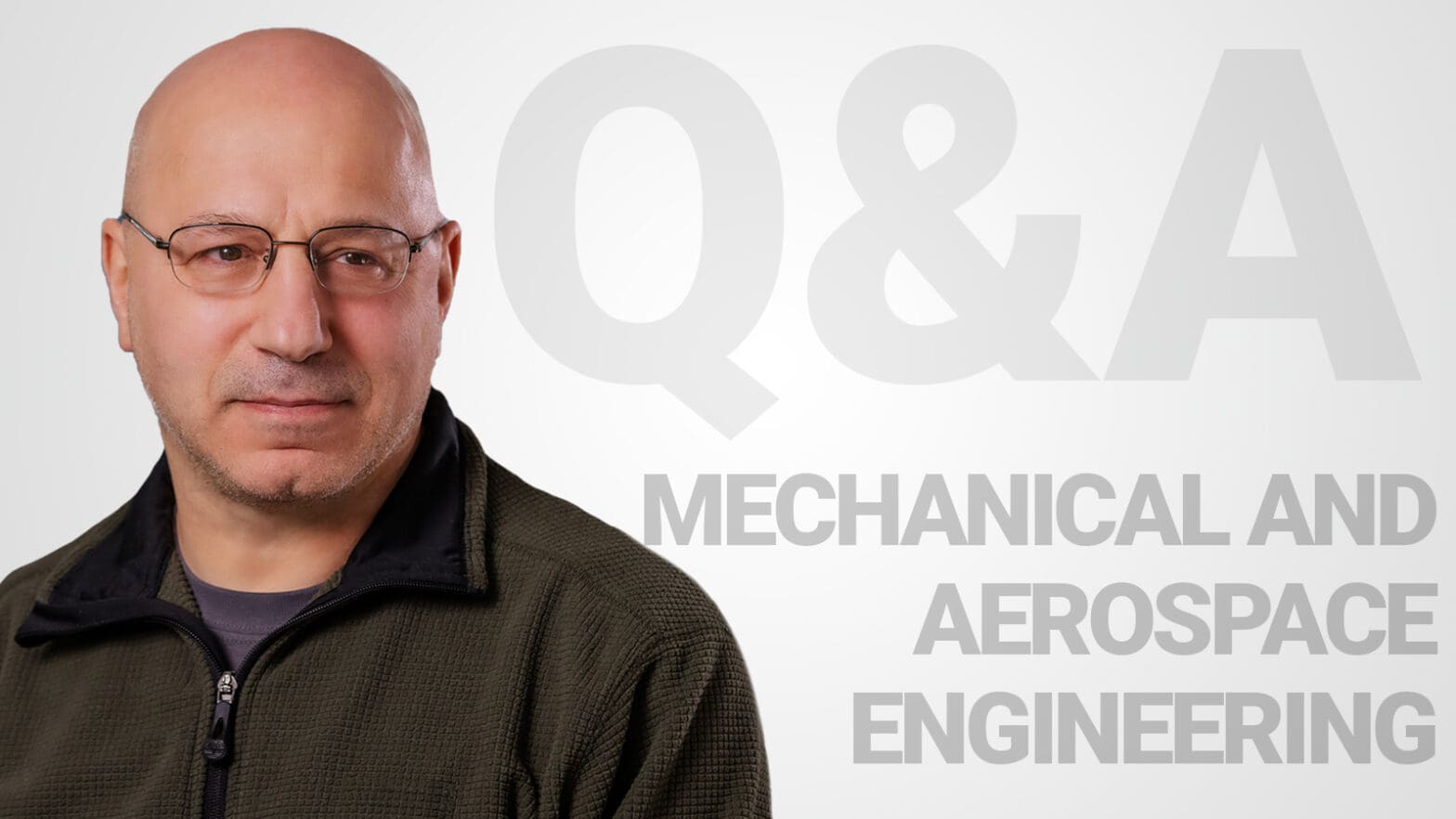
From mechanics and materials to robots and rockets, a department with outsized ‘intellectual breadth and impact’
By
on
This is from the series Conversations With Chairs and Directors
This is the fifth in a monthly series of updates from chairs and center directors on news and developments in their departments.
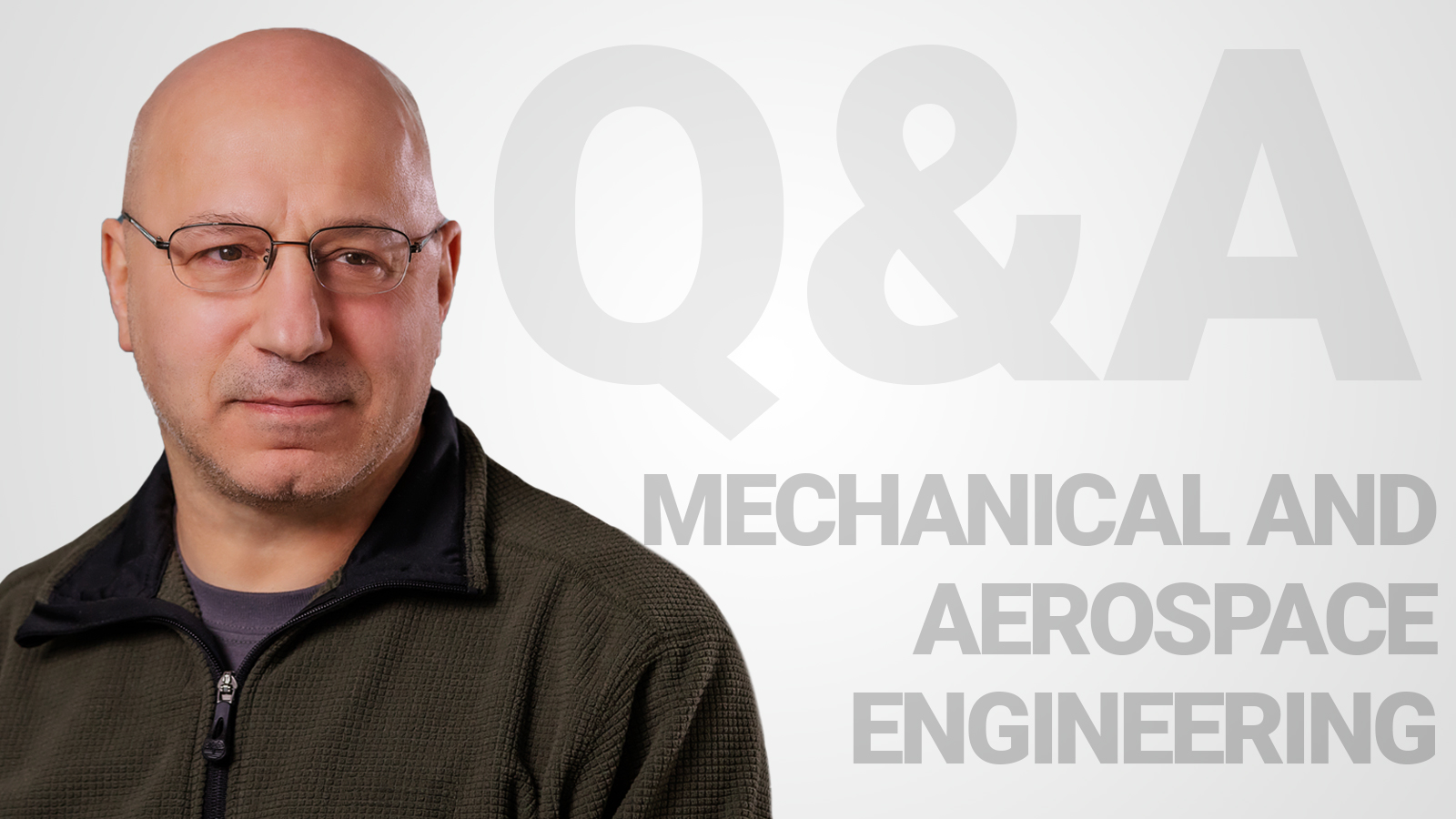
Q. What are the greatest strengths in the Department of Mechanical and Aerospace Engineering (MAE), and what new developments would you highlight?
A. Mechanical and Aerospace Engineering at Princeton constitutes two departments at most research universities, so we cover a lot of traditional fields. Our small size relative to our peers means we can’t study everything, but we have built a community of scholars with intellectual breadth and impact well beyond our size. The faculty has collaborations all over campus, including with all the other engineering departments, as well as physics, astrophysics, molecular biology, ecology and evolutionary biology, and others. The faculty also has links to major centers on campus including the Andlinger Center for Energy and the Environment, the Council on Science and Technology, the Center for Complex Materials, the Princeton Environmental Institute, the Program in Applied and Computational Mathematics, the Princeton Institute for Computational Science and Engineering, and beyond. These collaborations have been essential in spurring creative and high-impact research.
I marvel at the abilities and talents of my colleagues. Two exciting areas of recent growth in MAE include robotics and cyberphysical systems, and bioengineering. In the robotics and cyberphysical systems area, we appointed Ani Majumdar to the faculty about a year and a half ago, followed by Daniel Cohen in the area of bioengineering and materials. Both Ani and Daniel have their research groups up and running. Naomi Leonard provides leadership on campus in the general area of robotics and cyberphysical systems, as she is one of the top researchers in the field. These topics bridge to others such as control theory and machine learning, where MAE faculty members such as Clancy Rowley are active. In bioengineering, the Department of Chemical and Biological Engineering has for many years been the hub, but in recent years MAE faculty members (e.g., Andrej Košmrlj, Mikko Haataja and Cohen) have played more active and leading roles.
Some more traditional areas of MAE remain strong, with new research directions driven by recently tenured faculty members, such as Marcus Hultmark studying the fluid mechanics of turbulent and high-speed flows, including applications to wind turbine dynamics, as well as innovating in novel flow measurement devices. Michael Mueller, also recently tenured, is studying turbulent combustion and computational science and engineering. Professors Yiguang Ju and Chung Law are international leaders in combustion research, and along with Mueller have been identifying new research directions that continue long traditions of excellence in MAE. Also, the addition about two years ago of Luc Deike, who studies environmental turbulent flows, built a new bridge with the Princeton Environmental Institute, which helps continue an MAE tradition established many decades ago by emeritus professor Rob Socolow.
MAE is distinctive in its particularly strong and intellectually diverse group in applied and materials physics, including Julia Mikhailova studying laser-material interactions; Egemen Kolemen studying the intersections of fusion energy and control/dynamical systems; Alex Glaser studying nuclear physics as it arises in arms control and nonproliferation, as well as nuclear energy; and Edgar Choueiri continuing studies of electric propulsion, which has six decades of history in MAE, and embarking on new studies in three-dimensional acoustics. We are particularly strong in areas around mechanics and materials with the groups of Craig Arnold, Haataja and Kosmrlj.
Q. What are some of the notable collaborations between MAE researchers and colleagues in other departments?
A. Indeed, I think there are exciting collaborative projects under way. I can point to collaborations with chemical and biological engineering that have led to high-profile papers and new intellectual bridges across engineering: Mikko Haataja is working with Cliff Brangwynne to understand the forces that shape specialized compartments within living cells, while Andrej Ko≈°mrlj is working with Stas Shvartsman and Celeste Nelson to model the development of the body’s organs. Julia Mikhailova has a very successful collaboration with Nat Fisch (of astrophysics and PPPL, the Princeton Plasma Physics Lab), and Ege Kolemen has several well-recognized collaborations at PPPL, where he has part of his laboratory and research group.
Marcus Hultmark has a successful collaboration with Elie Bou-Zeid (CEE) on turbulent flow relevant to urban environments and collaborations with groups outside Princeton for important new work understanding the dynamics of wind turbines. Ani Majumdar has collaborations with Amir Ali Ahmadi, in operations research and financial engineering, on optimization problems relevant to the control of vehicles in motion. I should not forget Naomi Leonard, who in addition to novel research directions in control and dynamical systems has been leading on-campus efforts to build bridges across STEM and the arts.
I should also add that I have several wonderful collaborations with colleagues in molecular biology, and for the past year or so Andrej (Košmrlj) and I have had a very successful collaboration with Bonnie Bassler and Ned Wingreen of molecular biology where we have uncovered fascinating and useful mechanical insights into bacterial structures called biofilms.
Q. How has teaching changed for the department, and how do students take their learning beyond the classroom?
A. Our core curriculum has not changed too much in recent years. However, we have continued to innovate in several ways. Many of these efforts are led by Mike Littman, both in his extensive teaching in the department and in his efforts to share the history of engineering. For example, we introduced a new hands-on course in analytical methods and skills for first- and second-year undergraduates. Taught in alternating years by Luigi Martinelli and Daniel Nosenchuck, the course focuses on either computer-aided design of structures and fluid flows, or electronic circuits of relevance to MAE. Also, we have introduced both a new laboratory course (co-taught by several faculty members) and an outreach course for our graduate students led by Marcus Hultmark. In addition, in some cases we have introduced innovations in the way we manage our courses, such as name-blind grading in which students only report the last four digits of their student IDs; this approach has been suggested as one way to reduce unintended biases.
As part of co-curricular activities, our undergraduate students have been very successful in establishing a competitive electric car team and a rocketry club, as well competing successfully in NASA design challenges. It has been exciting, and humbling, to watch these developments.



